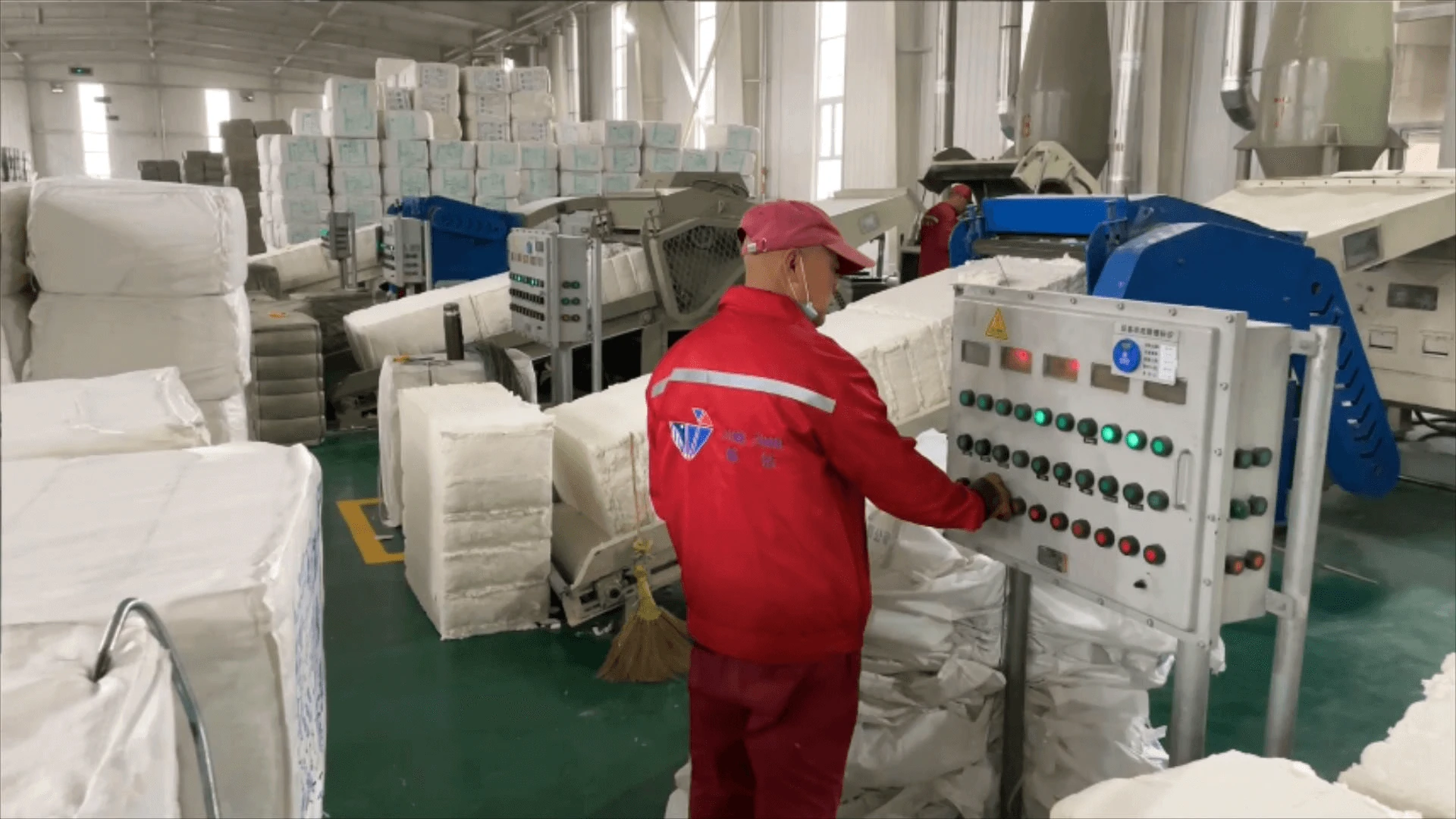
أغسطس . 05, 2024 20:46 Back to list
Exploring the Influence of HPMC on Glass Transition Temperature in Various Polymer Blends and Applications
Understanding the Glass Transition Temperature in HPMC
Hydroxypropyl methylcellulose (HPMC) is a widely used cellulose ether that has found its application in a variety of industries, including pharmaceuticals, food, and construction. One of the critical properties of materials like HPMC is their glass transition temperature (Tg), which significantly influences their physical behavior and application performance. This article delves into the concept of glass transition temperature, particularly in relation to HPMC, and its implications for various applications.
The glass transition temperature is defined as the temperature range at which an amorphous material transitions from a brittle or glassy state to a more rubber-like, ductile state. This transition is crucial for understanding the thermal and mechanical properties of polymers. Below Tg, the molecular motion is limited, leading to a rigid and brittle structure. As the temperature increases past this threshold, the mobility of the polymer chains increases, resulting in enhanced ductility and flexibility.
Understanding the Glass Transition Temperature in HPMC
In pharmaceutical applications, HPMC is frequently utilized as a film-forming agent, thickener, and stabilizer in drug formulations. The glass transition temperature plays a vital role in determining the stability and release profile of the drug. For instance, if HPMC is used in a controlled-release formulation, knowing its Tg can help in predicting how the polymer will behave at different temperatures. A Tg that is significantly lower than the storage temperature may indicate a risk of the polymer transitioning to a rubbery state, which could lead to premature release of the active ingredient.
hpmc glass transition temperature

Moreover, in the food industry, HPMC is commonly used as a texture modifier and emulsifier. The Tg of HPMC affects the stability of food products, influencing texture and shelf-life. Understanding the Tg helps food scientists optimize formulations to ensure the desired consistency and prevent the textural degradation that can occur as temperatures fluctuate during storage or processing.
In construction, HPMC serves as a critical component in dry-mix mortars and plasters, enhancing workability and adhesion. The glass transition temperature in this context can be crucial for the material's performance in varying environmental conditions. A higher Tg may enhance the durability and stability of the formulation, ensuring that it maintains its properties even under thermal stress.
However, it’s important to note that the glass transition temperature is not a fixed point but rather a range influenced by factors such as moisture content, processing methods, and the addition of plasticizers or other additives. For HPMC, the presence of water notably affects Tg, as moisture can plasticize the polymer, lowering its Tg and increasing flexibility.
In conclusion, the glass transition temperature of hydroxypropyl methylcellulose is a fundamental property that influences its performance across various applications. Understanding Tg is essential for optimizing the use of HPMC in pharmaceuticals, food, and construction, ensuring the desired mechanical properties are achieved and maintained. As research continues into modifications and formulations, further insights into Tg will enhance the versatility and functionality of HPMC in various industries, paving the way for innovative applications and improved product stability.
-
Why HPMC is a Key Additive in Wall Putty Formulations
NewsAug.05,2025
-
Redispersible Powder in Decorative Renders: Function Meets Finish
NewsAug.05,2025
-
Redispersible Powder for Interior Wall Putty: Smooth Results Every Time
NewsAug.05,2025
-
HPMC’s Water Retention Capacity in Dry Mortar Applications
NewsAug.05,2025
-
HPMC Factory Contributions to Liquid Detergents
NewsAug.05,2025
-
How HPMC Factory Products Change Detergent Textures
NewsAug.05,2025







